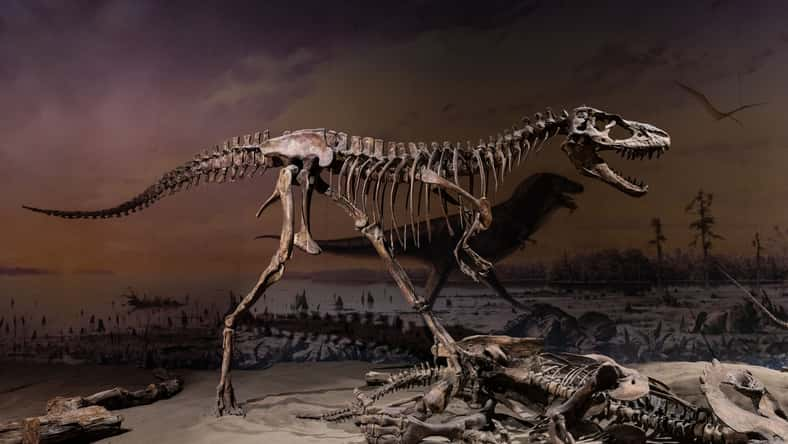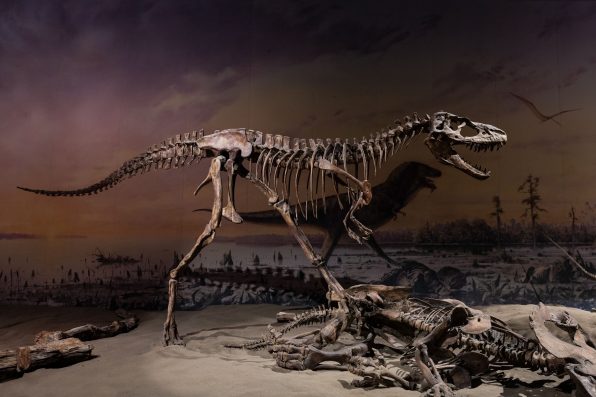New Research Suggests That Dust Played A Larger Role In The Death Of Dinosaurs Than We Previously Thought

About 66 million years ago, a colossal asteroid collided with Earth, creating the immense Chicxulub crater. This event triggered a worldwide winter and caused the widespread extinction of dinosaurs.
However, recent models indicate that a key factor in these drastic changes was the dust produced by the impact.
The widely accepted theory is that freezing temperatures played a major role in the extinction of dinosaurs; meanwhile, the enigma lies in understanding how the asteroid impact precipitated such a rapid climate shift.
A recent study published in Nature Geoscience points to silicate dust as the culprit because, when the asteroid struck the Yucatan Peninsula in Mexico, it propelled vast amounts of this dust into the atmosphere.
The Earth was enveloped in a dense layer of dust so extensive that it obscured the sun. This not only caused significant cooling but also had a critical impact on plant life.
Without sunlight, plants worldwide were unable to perform photosynthesis. In just 14 days following the asteroid collision, all photosynthesis had ceased.
Models indicate that this state persisted for 620 days, which is nearly two years.
The absence of photosynthesis led to a rapid die-off of plants, essentially erasing the primary level of nearly all of Earth’s food chains. Survival was only possible mainly for animals and plants capable of hibernation. So, as a result, 75% of all species on the planet perished.
Then, photosynthesis returned to its normal levels about four years following the impact. Nonetheless, the dust lingered in the atmosphere for an additional 11 years, maintaining the long 15-year winter period.

SL-Photography – stock.adobe.com – illustrative purposes only
Earlier research only viewed dust as a relatively rough substance composed mainly of sulfur and soot. However, this research team’s approach started with examining dust in rocks dating back 66 million years, located 3,000 kilometers north of the asteroid impact site.
Surprisingly, these rocks had a higher concentration of fine dust than anticipated, resulting in an atmospheric cover that endured much longer than one would expect from a composition of just soot and sulfur.
This finding adds another element to the mass extinction equation, yet there’s still more to uncover. Scientists still need to pinpoint the precise cause of this extinction and figure out how marine life managed to endure it.
Still, a number of experts believe that instead of a single identifiable cause, the extinction likely resulted from a combination of lethal impacts stemming from the asteroid collision.
To read the study’s complete findings, visit the link here.
Sign up for Chip Chick’s newsletter and get stories like this delivered to your inbox.
More About:Science





